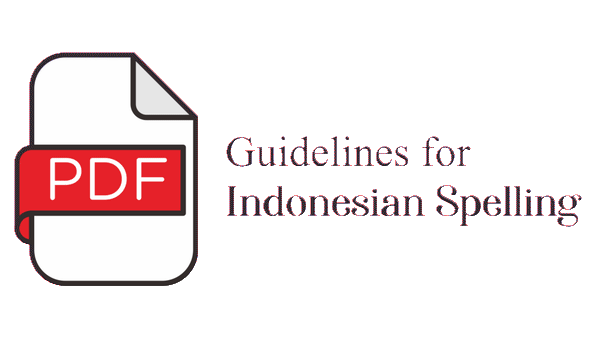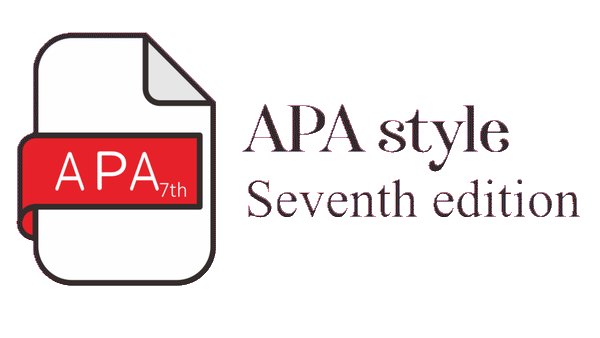PELUANG EKSPOR PRODUK PERIKANAN INDONESIA DI PASAR EFTA
Abstract
Indonesia-European Free Trade Association (EFTA) Comprehensive Economic Partnership Agreement (IE-CEPA) dibentuk dengan tujuan agar terjadi peningkatan akses ekspor ke pasar EFTA dan peningkatan investasi EFTA di Indonesia. Paper ini bertujuan untuk mengetahui peluang ekspor produk perikanan Indonesia di pasar EFTA dalam rangka kerjasama perdagangan IE-CEPA. Melalui metode indicative potential trade, diperoleh hasil bahwa untuk produk fish and marine product, dari 130 pos tarif HS 6 digit dalam (kelompok produk udang kecil dan udang biasa, produk filet ikan beku untuk jenis ikan selain Swordfish dan Toothfish, Pasta Udang, Tuna olahan, produk ikan segar termasuk cumi segar), terdapat 20 pos tarif yang sangat berpotensi untuk masuk ke pasar EFTA. Namun terdapat hambatan yaitu masih adanya tarif bea masuk yang masih tinggi di negara anggota EFTA untuk 20 pos tarif produk perikanan tersebut. Hambatan non tarif terkait dengan kepentingan pemerintah negara anggota EFTA untuk melindungi rakyatnya dari kemungkinan masuknya makanan-makanan yang tercemar dan dapat membahayakan kesehatan selain juga memproteksi industri dalam negerinya. Kendala yang sering dihadapi atas ekspor produk ikan Indonesia adalah tingginya kandungan logam berat (Timbal, Kadmium dan Nikel) pada produk ikan yang diekspor. Dalam kerjasama bilateral Indonesia dan EFTA, Indonesia harus dapat memperjuangkan penurunan/penghapusan hambatan tarif maupun non tarif di pasar EFTA dan pemerintah harus mendorong pelaku usaha untuk mulai melakukan penetrasi
pasar ke EFTA dan diversifikasi produknya khususnya untuk ikan dan produk perikanan.
Title: Indonesia Fishery Product’s Export Opportunities in the EFTA Market
Indonesia-European Free Trade Association (EFTA) Comprehensive Economic Partnership Agreement (IE CEPA) was formed with the aim to increase market access to EFTA and support EFTA’s investment in Indonesia. This paper aims to determine Indonesian fishery product export opportunities in EFTA markets in the framework of the IE-CEPA. With indicative potential trade method, showed for fish products and marine products, from 130 tariff lines in the HS 6 digit (shrimps and prawns, frozen fish fillet products for fish species other than Swordfish and Toothfish, Shrimp Pasta, processed tuna, fresh fish products including fresh calamari), there are 20 tariff are potential to enter the EFTA market. However, there are still barriers where tariffs are still high in EFTA member states for 20 tariff lines of fishery products, and non-tariff barriers related to the interests of EFTA member governments to protect people from the possible entry of contaminated foods and can be dangerous health as well as protecting domestic industries. Obstacles often were faced by Indonesia on export of fish products are the high content of heavy metals such as Lead, Cadmium and Nickel on exported fish products. In the bilateral cooperation between Indonesia and EFTA, Indonesia should be able to fight for reduction / elimination of tariff and non-tariff barriers in the market EFTA and the government should encourage businesses to begin to penetrate the EFTA market and the diversification of its product especially for fish and marine product.
Keywords
Full Text:
PDFDOI: http://dx.doi.org/10.15578/jsekp.v8i2.5672
Indexed by:
-------------------------------------------------------------------------------------
Published by
Research Center for Marine and Fisheries Socio-Economic
in collaboration with
Indonesian Marine and Fisheries Socio-Economics Research Network

This work is licensed under a Creative Commons Attribution-NonCommercial-ShareAlike 4.0 International License.



















